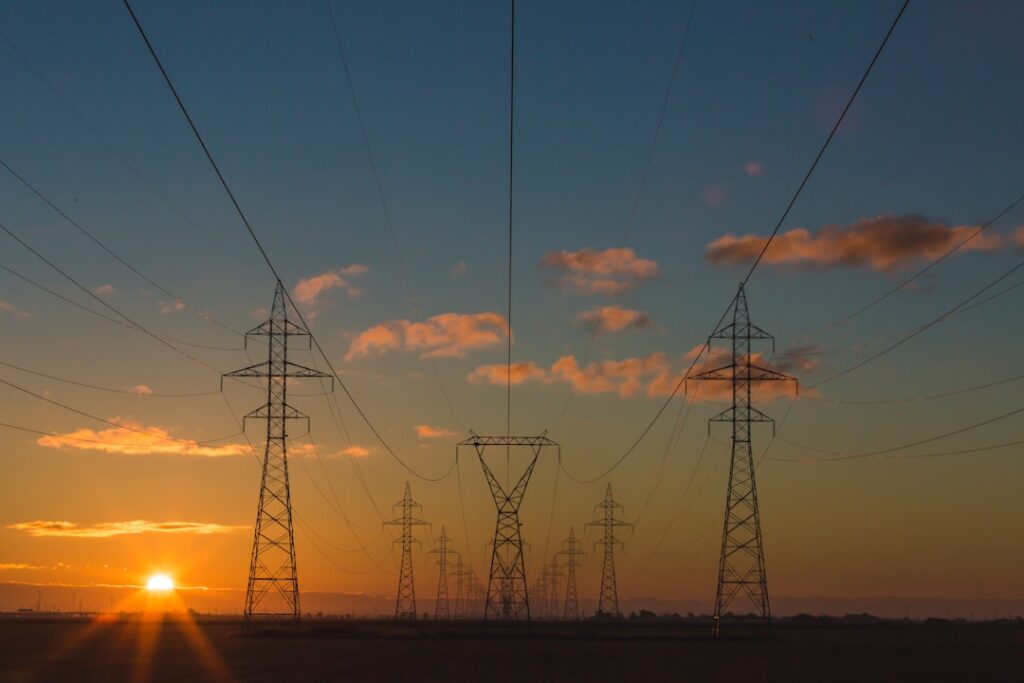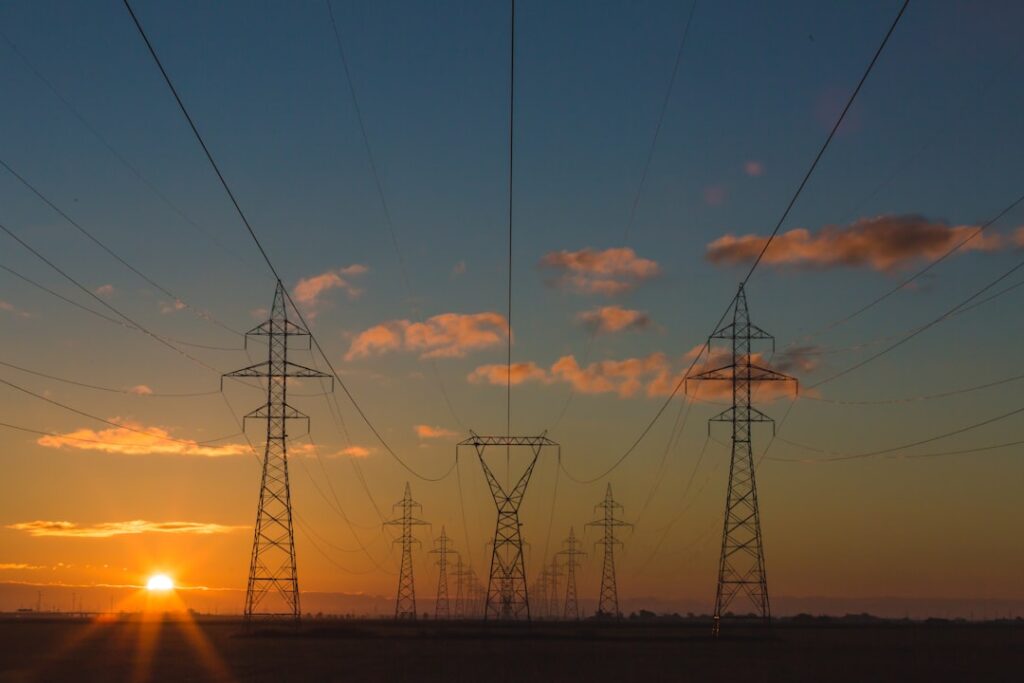In a significant advancement for energy distribution networks, researchers have unveiled a novel approach to managing voltage and transformer overloads, challenges exacerbated by the rapid integration of distributed energy resources like solar power and electric vehicles. Led by Zhipeng Jing from the Economic and Technological Research Institute at State Grid Hebei Electric Power Co., Ltd., this research proposes a coordinated voltage and power control method utilizing a linear quadratic regulator (LQR). This innovative technique promises to enhance the reliability and efficiency of flexible distribution networks, a pressing need as the energy landscape evolves.
As distributed photovoltaic (PV) systems proliferate—China alone has seen an installation surge of 85.22 GW in the past year—the strain on existing distribution networks grows. The influx of these renewable resources, coupled with the rising number of electric vehicles, has led to serious issues like voltage violations and transformer overloading. Jing emphasizes the urgency of addressing these challenges, stating, “Our proposed method not only improves voltage profiles but also balances transformer loading rates, which is essential for maintaining system stability in this new energy era.”
The research introduces multi-port soft open points (SOPs) as pivotal devices in this control strategy. These advanced systems, built on back-to-back voltage source converters, can regulate power flow rapidly and effectively, addressing the fast-paced fluctuations caused by renewable energy sources. Unlike traditional mechanical devices that are slow to respond and limited in their operational lifespan, SOPs leverage power electronics to offer a flexible and responsive solution. Jing notes, “By utilizing local measurements and minimal communication, our method can adapt in real-time to the dynamic conditions of the network, which is vital for the future of energy distribution.”
The proposed LQR-based control model was rigorously tested on typical flexible distribution networks, yielding promising results. The simulations demonstrated a remarkable ability to reduce voltage imbalances and transformer overloading by up to 40%, showcasing the method’s potential to transform operational practices in the energy sector. This is particularly relevant as utilities strive to integrate more renewable energy while ensuring the reliability of their services.
The implications of this research extend beyond technical improvements; they signal a shift towards more decentralized and resilient energy systems. As energy markets evolve, the ability to manage distributed resources efficiently will be crucial for utilities and energy providers. Jing’s work exemplifies the kind of innovative thinking necessary to navigate the complexities of modern energy distribution.
As the energy sector grapples with the dual challenges of increasing renewable penetration and the need for reliable infrastructure, this research published in ‘Energies’—translated as ‘Energies’—offers a glimpse into a future where energy networks are not only more efficient but also more adaptable. Looking ahead, Jing suggests that future studies will focus on enhancing these methods to account for uncertainties and communication challenges, ensuring that the solutions remain robust in the face of real-world complexities.




